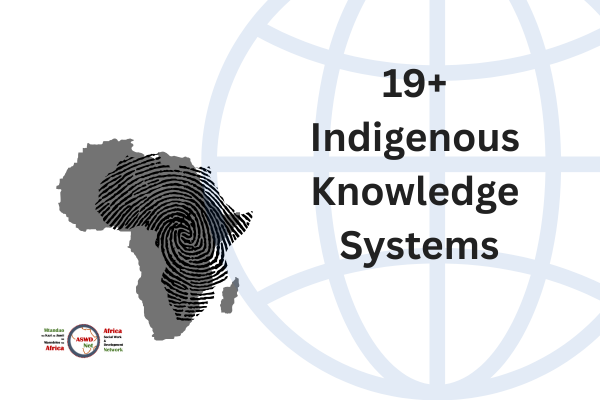12 Steps to Get Published
Whether you are a student, practitioner or new to academics, at one point you will have questions about how one gets published. When you read a journal article or book, you wonder what steps were followed to have this publication. Here, we present 12 steps to get published.
- Identify a gap in information or knowledge and create an aim or question to address the gap. Aim or questions must be relevant to your discipline. Ensure that you do not pick aims and questions because they are trend, be relevant to your family, community, country and continent.
- Decide how you want to fill the gap e.g.
- Sharing your experience or your ideas
- Expanding or reviewing/evaluating what another writer has published
- Reviewing what other writers have published (mainly journal articles, books/chapters or research reports). This is called literature review and is a secondary data collection method.
- Review orature – this involves listening to stories, songs, poems, praise poetry, proverbs, conversations etc and then make meaning out of them.
- Looking at existing documents then study the intended audience, type of document, significance, words, sentences, languages, titles, headings or pictures used. This is called document analysis and is different from reviewing literature. With document analysis the focus is on the document itself. Examples of documents include photographs, pamphlets, posters, reports, labels, letters, newspaper article, diary entry, social media posts, blogs, subject outlines, speeches, minutes, calendars, e-mails but also books or chapters, journals or articles and many others.
- Asking people to tell you what they think or have experienced (primary data collection). If you focus on one person it is called a case study.
- Observing what happens or observing objects and artifacts; taking measurements, comparing or testing (experiment).
- Collect all the data or information that you want to fill the gap. Data can be qualitative (words, statements, sentences, stories, quotes, photographs, explanations etc) or quantitative (numbers, figures, statistics, graphs, charts, tables etc). Ways to collect data are many but choose that are best to your situation. If you are collecting data in Africa , avoid colonial methods. Some methods to choose are:
- Experiential method – using your own experience as a data source
- Auto-ethnographic method – same as above
- Dare or Indaba method – collecting data from a medium sized group (dare, about 8 people) or large group about 16 people. Each person has an equal chance to participate
- Insider research method – a person who knows the community or respondents plans the research and collects data from them instead of a person who does not know about them
- Local language approach – use local languages in all stages of the research process
- Indigenous research methodology – valuing indigenous techniques, activities etc
- Local ethics approach – use local ethics in all stages of the research process
- Localised reporting method – prioritise giving feedback to research participants first before publishing
- Decolonial approach – taking an active role to remove colonial approaches, language etc
- Side-by-side approach or collaborative research – this is about working side by side with people to identify research gaps, creating methods, collecting data, reporting and disseminating findings
- Orature approach – knowing that in Africa oral literature is the majority and using it in research including literature reviews and findings discussions.
- Look carefully at your data or information and make meaning out of it. This is called analysis. Analysis will give you findings. Ensure that you focus on what is new, novel, not known, has not been published or has been neglected, overlooked etc
- Decide what you want to report or publish e.g.
- The methodology – process that you followed to come up with data, information or knowledge
- The findings from literature or documents (secondary sources)
- The findings from primary sources
- A new theory or model that came out of your analysis
- You can also report a combination of these or all of them in one report.
- Decide how and where you want to report your information or findings (normal report, journal manuscript, short article for journal, book or book chapter, website content etc). Read all the instructions from the publisher.
- Draft your publication and read several times. Ask someone to read for you and provide peer feedback. If you are able to print, print and read a printed version. Remember to use simple language, do not make it complicated.
- Submit to the publisher who will provide feedback, ask editors to give feedback or ask peers to give you feedback.
- You will be asked to revise your draft and can be asked some questions. Fair criticism is common. This is done to publish quality work so please comply but feel free to respond to the publisher about what you think should not be changed.
- Your work will be accepted and published and but this stage it will no longer be a manuscript but an article, book chapter, book etc.
- Promote your work by sharing with colleagues, family, on social media or otherwise.
- Your publication can be updated or enhanced in several ways e.g.
- A journal article can be made into a book
- A book chapter can be expanded into a book
- A book can have a follow up edition
- A website article may be improved to a journal article
- A journal article may be followed up with another
- You can produce a video of your work etc.
We hope this information will help you to get a new publication or if you are already published, we hope it will help you improve your next publication.



